The significance of turning scanned documents into usable data has increased dramatically as society has moved away from paper documents in favor of digital documents for its simplicity.
Organizations can process massive amounts of documents that would normally necessitate a great deal of effort and time to process individually thanks to document analysis technologies. For instance, the banking industry receives millions of bills, agreements, loan applications, and other types of documentation every day. This accounts to piles of paperwork daily. Manually processing all of these would require a sizable workforce, be subject to mistakes, and be expensive in terms of both time and money. AI is utilized instead for document processing, document insights, and data extraction. This is done using machine learning and Natural Language Processing algorithms that automate the extraction of information from paper documents.
AI for document analysis improves operational effectiveness and enables a company to offer customers a faster and more seamless service.
What Businesses Might Benefit From AI Document analysis?

The applications of AI in business are huge. An average individual employee searches for information for 1.8 hours each day on average. 9+ hours per week. This implies that just four out of every five employees actually perform their duties. Think about getting that time back. This is what digitizing does.
Any company or industry that works with papers in any way will benefit from the options provided by AI document processing, therefore the number of businesses that stand to gain from this is practically limitless. Some of these industries comprise:
- Accounting and Finance: The amount of invoices received and sent is huge irrespective of the size of the organization and if the management is carried out in a traditional method, mistakes are very easy to occur. Therefore, the development of a corporation highly depends on the digitization of invoicing.
- Healthcare: Direct patient care may have to wait while the administrative aspect takes up time. Healthcare workers can devote more time to patients because paperless document management streamlines paperwork.
- Retail industry: Advanced machine learning and AI has helped retailers in improving customer and employer experience significantly
- Administrative & Human Resources: Not just for record-keeping, but for information processing that results in improved judgments about recruitment, training, promotions, productivity, and when necessary, lawsuits, digitizing papers can significantly increase HR operational efficiency.
How Can Your Business Utilize AI Document Analysis?
Let’s look into the benefits for each industry so you can decide if AI for Document Analysis is right for your industry or company.
Benefits for Accounting
AI for invoice management systems are beneficial because they boost volume, provide error-free processing, and enhance vendor relations and branding. This can help position your company with an AI-driven and innovative image.
- Cost reductions: Automatic data extraction enables you to cut costs while still generating revenue. Processes for manually extracting data are costly and labor-intensive. Using invoices as an illustration, any business of a respectable size handles hundreds, if not millions, of bills annually. These are currently processed manually by many businesses. Consider how much time and money could be spared if it were automated.
- Shortens time-to-market: Many businesses attribute their failure to meet their objectives as a result of their inability to consolidate data in a timely manner. It so frequently happens that foreign investors learn about mistakes in the data import process as they are getting ready for data analytics. All of this results in lost time that can sometimes be worth millions of dollars.
- No room for manual errors: Automation of expense management assures virtually no errors and notifies the team of a breach should it happen.

Benefits for Healthcare
The goal of data extraction is to provide authorized users, such as doctors, with relevant patient data that includes prescription history and detailed data.
- Data extraction and analysis automates the process of compiling analytical records, such as demographics, disease records, preventative inspections, or fitness assessments for each instance
- Makes informing patients whether they require any routine inspections or if they’re not according to the doctor’s instructions easier
- In order to prevent any unauthorized access, digitizing patient information maintains information security

Benefits for Administrative & Human Resources
AI can save you the time you waste sorting over data and doing typical recruitment operations, such as evaluating resumes, organizing interviews, and responding to inquiries from possible applicants. It can also get rid of prejudices so you can select the best candidate.
- Enhanced HR experience: Because AI technology is available around-the-clock and can take human mistakes out of routine procedures, it can improve the HR experience for managers and staff.
- Makes candidate analysis easier: It can also be used to sort through training analytics for the organization to identify which staff require more training or to assist in determining potential career choices.

How Does AI Document Analysis Work?
AI for document analysis uses ML and NLP to evaluate data, generate insights, and assist in automatic document processing activities involving physical documents.
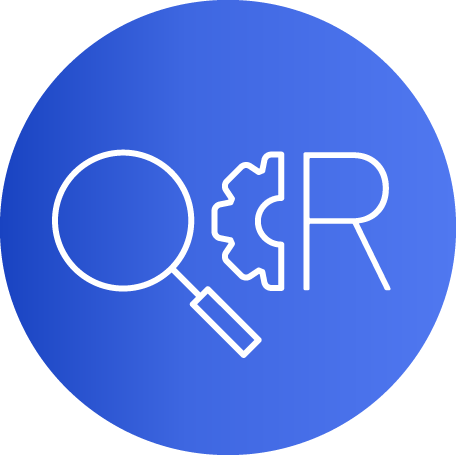
Optical character recognition (OCR) is used for the AI recognition of printed or handwritten text on scanned documents.
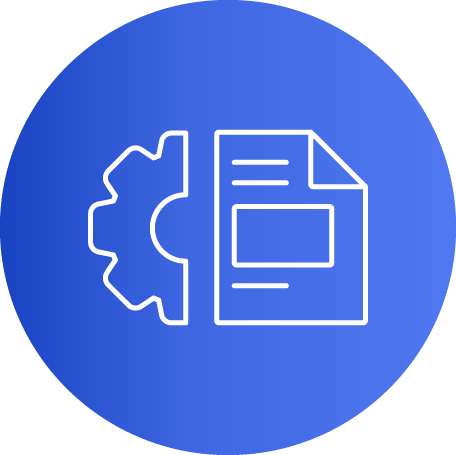
To quickly identify the sort of document it is and to ensure that the appropriate models may be used to process it, predictive functions are employed. For instance, mortgage application forms typically have a consistent design so these models can predict this format if there is a new document entered into the system.

By recognizing that format, the system may place the document into the appropriate workflow without needing to process the whole thing first.
AI Document Analysis Possibilities
No matter what sector or profession you operate in, AI may increase workplace productivity in a number of ways. For a better understanding of the kind of document used for AI document analysis, consider a few of the examples below:
- Financial institutions make use of invoices, Letters of Credit, and Bank Notes.
- Healthcare facilities manage documents like patient records, onboarding new patient records, and more.
- Retailers extract data from purchase orders, bill of lading, packing lists, invoices and more.
- HR management makes use of documents like resumes, interview-related notes, and inquiries from possible applicants.
Invoice data extraction for accounting
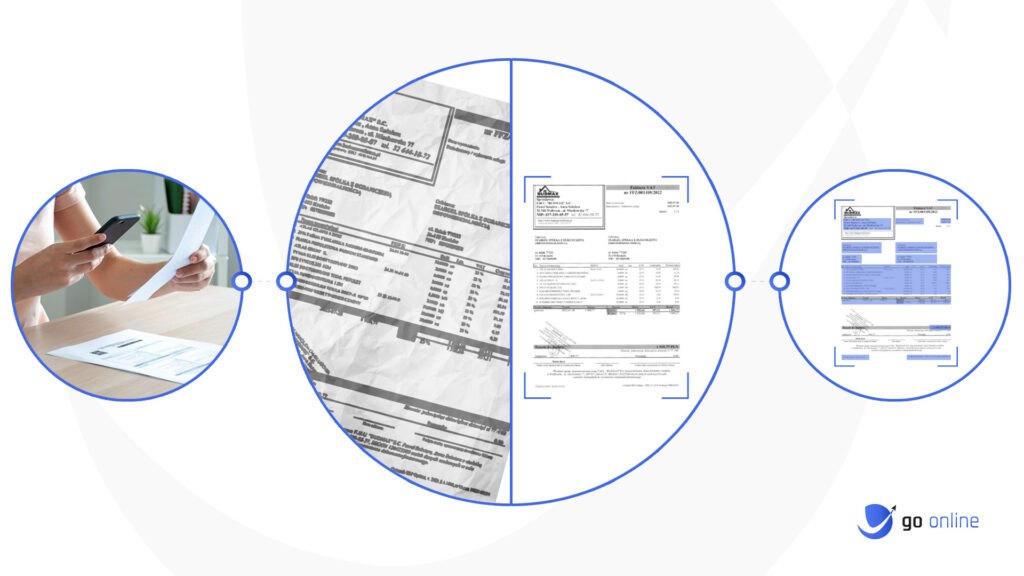
Here is an example of how Invoice data extraction works:
- Invoice Scanning and uploading into the software
The process of capturing and retrieving invoice data (date, amount, invoice number, QR code) for subsequent business activities is known as invoice scanning.
Accounting software that lets you scan, convert, extract data from, and digitize invoices is known as invoice scanning software. Traditional invoices, refunds, and statements can be digitally converted using invoice scanning software.
- AI Scan correction
Here the documents are changed to black and white and rectified before moving on to the remaining process.
- AI analysis, data extraction, and sending into a database
Here, databases from Microsoft Excel to Microsoft SQL can be used.
- Final Result: Easy digitized data management
Digital or structured invoices are used to reduce administrative expenses, improve transparency, and streamline a number of internal procedures. The collaboration of accounting software in multiple versions reduces the company’s ecological footprint as well.
Patient records extraction for healthcare
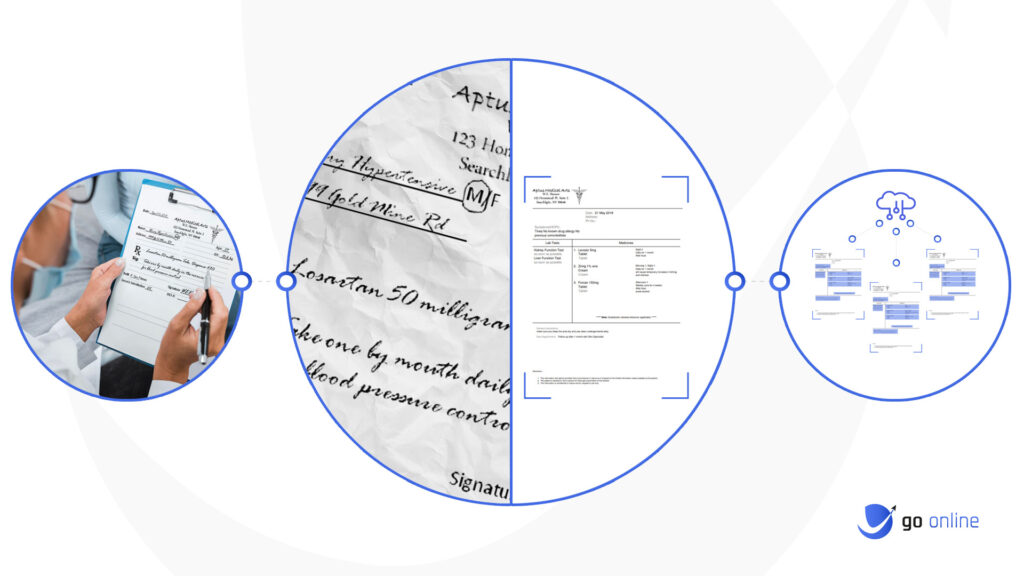
Let’s look into how the analysis of patient records is achieved:
- Patient record scanning and uploading into the software
We begin by obtaining all of the information required for medical underwriting determinations from the incoming patient records and uploading them into the document analytics software. This is especially useful in situations when individuals that are not tech savvy complete handwritten forms. Their information can still be easily digitized in seconds.
- AI Scan correction and Processing
Optical character recognition skills are used by smart document scanners or capturing services to identify page content.
The technology can effectively label and categorize the document automatically using AI. AI can analyze the medical terms and determine whether a scanned image or report is a reference letter, an MRI report, or a patient record from another doctor depending upon what is stated or written in the document. With the help of these new automated capabilities, acquired documents can be classified more precisely while also requiring less time-consuming manual work.
- AI analysis, data extraction from documents, and sending into a database
Finally, we can return the extracted data in the format of a PDF report or XML with codes that meet industry standards like ICD-10 and MIB.
- Final Result: Easy digitized data management
AI in healthcare can concentrate on examining patient data to spot health-related problems. This gives medical professionals and researchers the knowledge they need to make more accurate diagnoses and treatment decisions. AI can also assist in interpreting images from device scans, advancing medical research.
Purchase order extraction for Retailers
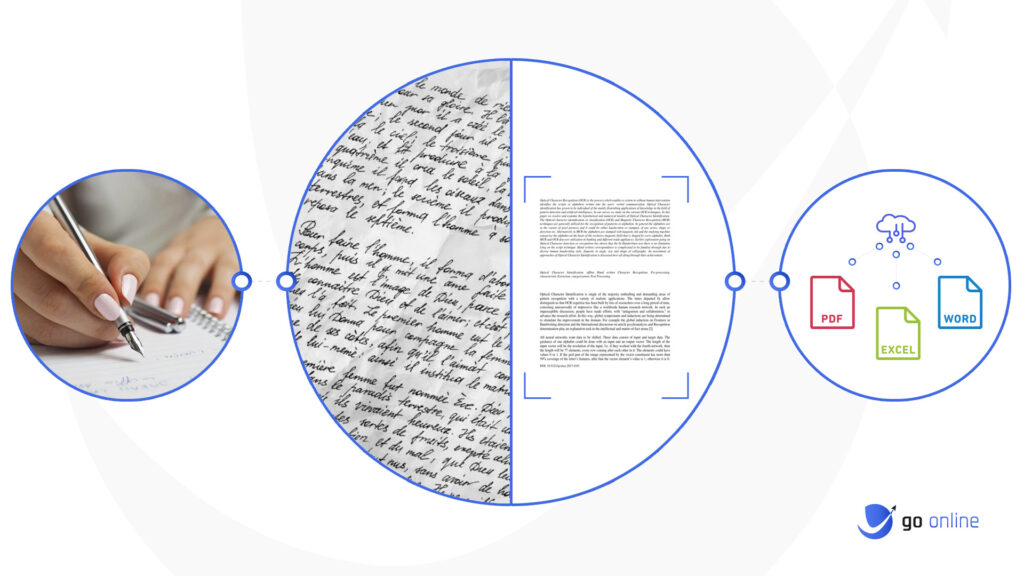
Finally, let’s go over how data from purchase orders are extracted using AI:
- Purchase order scanning and uploading to the software
Purchase orders are scanned using OCR with their computer vision technology so retailers can convert written receipts and purchase orders into a digitized form.
- AI Scan correction and Processing
Machines will then use this to process their algorithms into something meaningful. This makes it easier to edit and search for the necessary documents whenever needed. For instance, retailers can enter a document and conduct a search within it using OCR to instantly obtain the appropriate information from a large number of repositories.
- AI analysis, data extraction, and sending into a database
Data from a Shipment Bill of Lading, sales order, packing lists, and other documents can be extracted using OCR. Retailers can also construct layouts for hundreds of invoices without user participation by using the OCR invoicing system.
- Final Result: Easy digitized data management
In the end, this all results in time savings, more accuracy, and higher customer happiness.
The procedure can be sped up, automated, and centralized by the store by scanning goods and inventory (such boxes) in place of barcodes, which saves even more time.
How Much Can You Save?
When AI was used, it assisted a paper manufacturing company in reducing scrap by monitoring each time machinery touched paper. As a result of the capacity to evaluate data in real-time, issues can be resolved rapidly and the process can be improved.
Due to AI’s capacity to automate labor-intensive activities, labor costs can be decreased while quality is raised. More and more businesses are integrating AI into a variety of use cases as the technology gets more inexpensive and the ROI becomes obvious. The capacity of AI to reduce costs without compromising quality all the way is what has most organizations convinced, despite the fact that the expense to develop and use AI technology can first appear to be high. No matter your sector or use case, AI solutions deliver savings.
Accounting and Finance
The average time of entering data from the invoice into the database is 2-5 minutes. The average time of entering data from the invoice into the database of AI is 0.5-8 seconds (depending if you use a cloud solution or your own hardware)

Therefore, the average cost of AI data extraction is 0.0069$ (for one invoice) (Based on the cost of implementation and support of AI solutions in the company). This is much less than the average cost of human data extraction: 0.67$ (for one invoice).
Healthcare
The average healthcare expenditure in the poorest 50 countries, which is present at $120 per person on average, is 10-15 times higher than the average waste for each individual from across the top 15 countries. What’s worse is that the root causes of this waste include avoidable and correctable system inefficiencies like poor care delivery, excessive treatment, and incorrect care delivery.
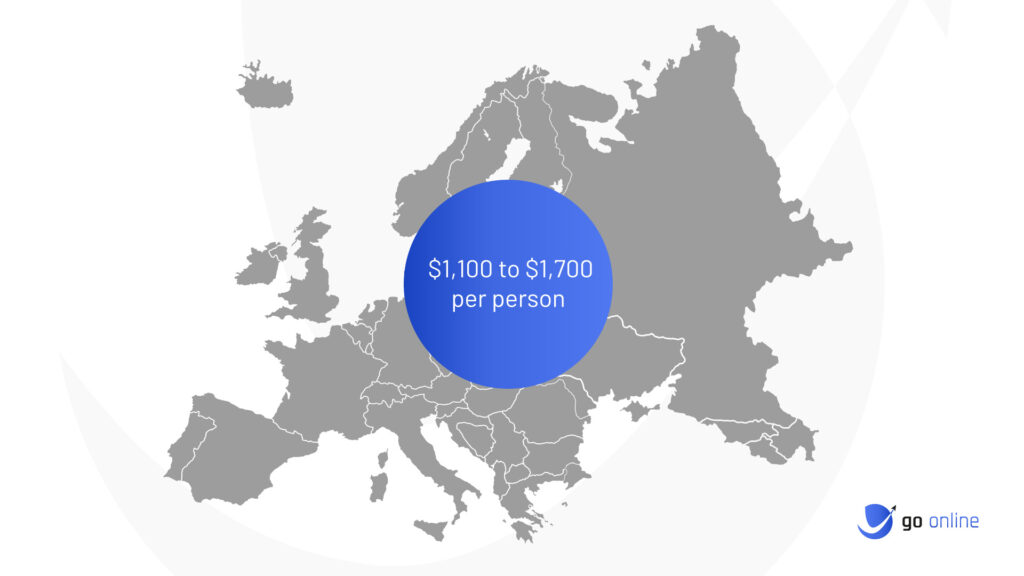
Artificial intelligence (AI) technologies can assist reduce such inefficiencies, resulting in far more streamlined and expense-free health environments.
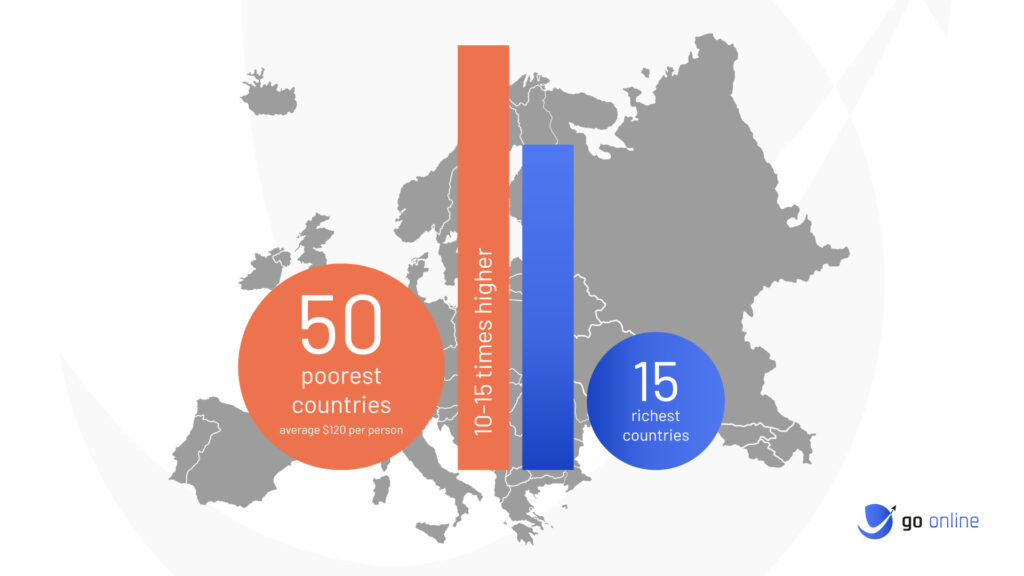
Administration and HR
Finding the best prospects from a vast application pool is the hardest element of recruitment, according to 52% of recruiters. By automatically vetting and qualifying applicants, AI can save time by providing recruiters with a shortlist of candidates to choose from rather than having to trawl through a wider pool.
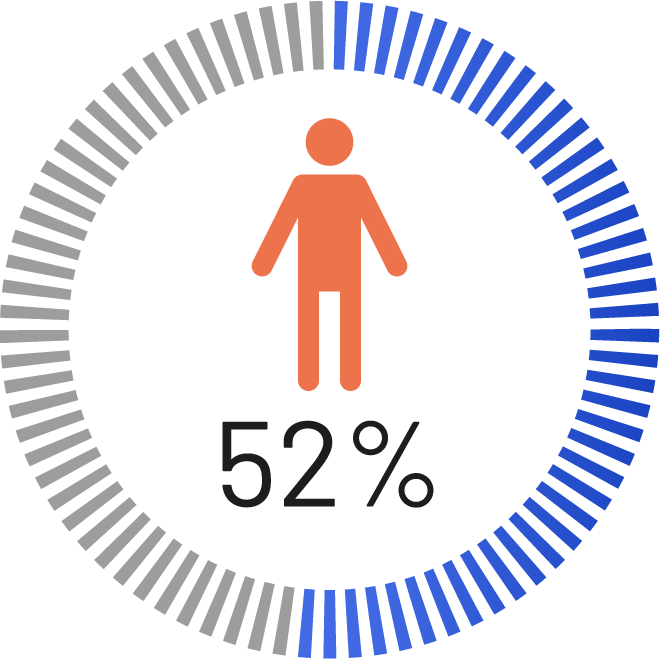
Lack of communication during the hiring process also might cause each prospective employee to expend excessive time, money, and effort. In fact, after applying for a job, 50% of applicants claim that they have no further contact or engagement with the company, and 40% become disinterested in the position if they don’t receive a response within a week following an interview.

From the time a candidate applies to the conclusion of the decision-making process, AI can be included in applicant automation systems to provide feedback.
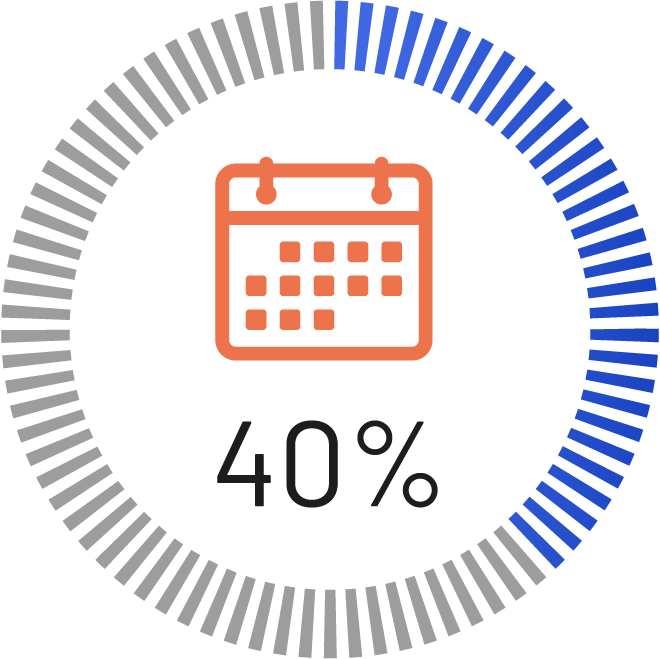
What does your business need to implement AI document data analysis?
If you are wondering how to implement AI in business, there are two ways to go: the most popular is to utilize cloud-based API that will unburden the company’s hardware. Applications can communicate with one another and exchange data in the cloud because of cloud API.
Otherwise, you can utilize your own hardware which in most cases does not require hardware upgrades because the average business laptop can do this operation in approximately 8 seconds.
The advantage of using a cloud-based API is you only pay for what you use since you are using a subscription-based service and you can customize how you want your API to function.
Nvidia graphic cards can speed up the process up to 500x compared to high-end processors. GoOnline as an AI solution provider will be more than happy to help you with your hardware choices if needed.
Can Your Business Afford 120x Slower Data Extraction?
Worldwide, a lot of businesses are quickly adopting AI for documentation. The article demonstrated how the advantages of quicker and safe AI in document extraction, analytics, and decision-making greatly enhance AI in document management effectiveness.
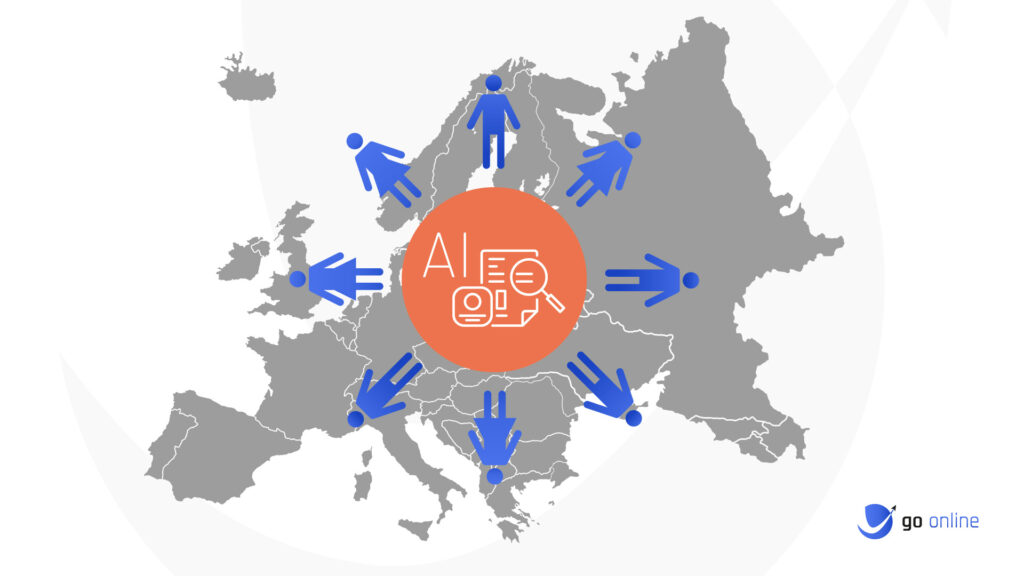
AI in document management helps to create a smart workplace by automating mundane tasks. It not only delivers necessary information when it is needed but also safeguards private information.
It extracts knowledge and insights from unstructured data in many formats and from several sources by integrating one or even more extraction algorithms with business logic. As a result, the modified data becomes relevant and helpful information for making decisions.
AI for document analysis and data extraction is not only for the biggest enterprises. It’s more affordable than you might initially think and smaller and smaller to mid-size businesses utilize these kinds of solutions to cut costs and optimize organization. If you’re looking for information about Data Science, Computer Vision, Voice Assistants, Chatbots, or anything even more complex, GoOnline is the right place for you. Get yourself a free consultation with our experts to know more!








